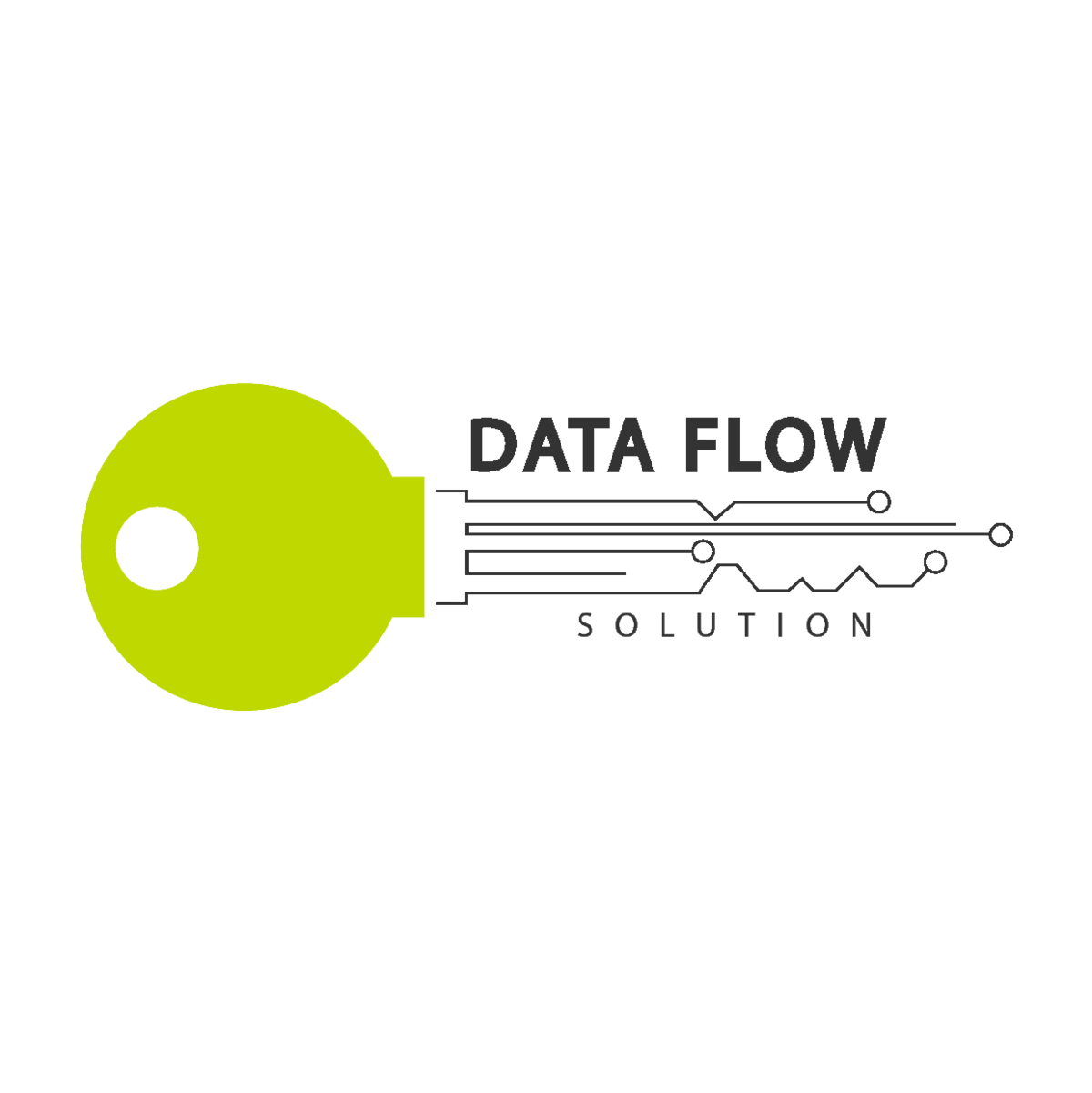The RFID Revolution: Transforming Production and Inventory Management
I n a bustling manufacturing facility named “NexGen Industries,” a quiet revolution was underway. Sarah, the operations manager, spearheaded the implementation of RFID (Radio-Frequency Identification) technology from the production line workstations to the inventory management system within the ERP (Enterprise Resource Planning) software. This change was set to alter the landscape of their operations.
Transforming Production and Inventory Management
Chapter 1: The Birth of Efficiency
The introduction of RFID tags on the production line brought newfound efficiency. Each item being manufactured was now tagged with a unique identifier. As products moved through various workstations, RFID readers automatically captured data about their journey, providing real-time insights into the production process. This allowed Sarah and her team to monitor production statuses, identify bottlenecks, and optimize workflows.
Chapter 2: Seamless Inventory Management
Simultaneously, RFID tags were integrated into the inventory management system within NexGen’s ERP. As finished goods were produced, the RFID readers updated the inventory count instantly. This eradicated the need for manual scanning, significantly reducing human errors and the time required for stocktaking. The ERP system, now synchronized with RFID data, provided accurate, up-to-date inventory information at all times.
Chapter 3: Enhanced Visibility and Control
The integration of RFID from production to inventory management elevated the level of visibility and control at NexGen Industries. Sarah could monitor the entire manufacturing process in real time, track each product’s status, and anticipate any potential production delays. Moreover, inventory levels were continuously accurate, ensuring just-in-time restocking and minimizing stockouts.
Chapter 4: Streamlined Operations and Customer Satisfaction
The ripple effect of the RFID implementation was felt throughout the company. Operations became smoother, with fewer disruptions, and employees were able to focus on value-adding tasks rather than tedious manual data entry. The newfound efficiency allowed NexGen Industries to fulfill orders more promptly, meeting delivery deadlines and improving customer satisfaction.
Chapter 5: Adapting to Change and Growth
As the RFID technology seamlessly integrated from the production line to inventory management, NexGen Industries experienced a transformative shift. The system, adaptable and scalable, accommodated the company’s growth. It effortlessly handled increased production volumes without compromising accuracy or speed.
Chapter 6: Future Innovations and Continuous Improvement
The success of RFID integration in production and inventory management inspired Sarah and her team to explore further innovations. They delved into leveraging RFID data analytics to optimize the production process further, reduce waste, and predict maintenance needs, ensuring an even more efficient and sustainable operation.
The New Era of Manufacturing
The story of NexGen Industries illustrates the remarkable impact of integrating RFID technology seamlessly from the production line workstations to inventory management within the ERP system.
The revolution brought efficiency, accuracy, and agility to their operations, setting a new standard for manufacturing excellence. As other companies look to the future, the lessons from NexGen Industries become a beacon of inspiration, guiding the way toward a more efficient and technologically advanced manufacturing landscape.


 Copyright © 2017 Dataflow Solution
AI-Powered Automation, Human-Centered Success.
We Make Your Business Flow Effortlessly.
Copyright © 2017 Dataflow Solution
AI-Powered Automation, Human-Centered Success.
We Make Your Business Flow Effortlessly.